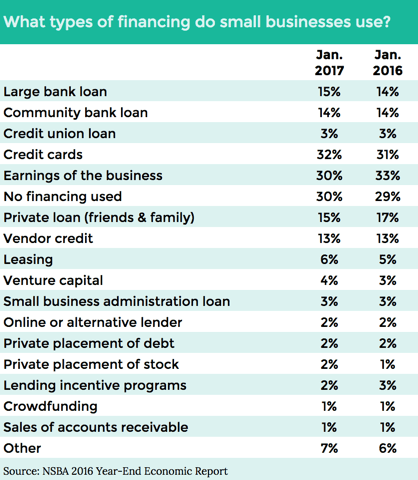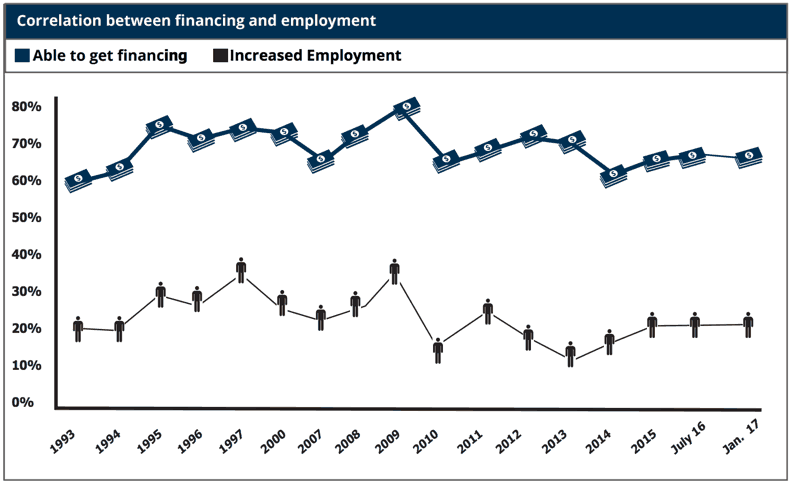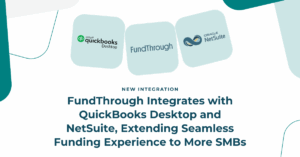
FundThrough Places No. 204 on The Globe and Mail’s Seventh Annual Ranking of Canada’s Top Growing Companies
Toronto, Ontario – FundThrough is pleased to announce it has ranked No. 204 on the 2025 Report on Business magazine’s ranking of Canada’s Top Growing Companies.




